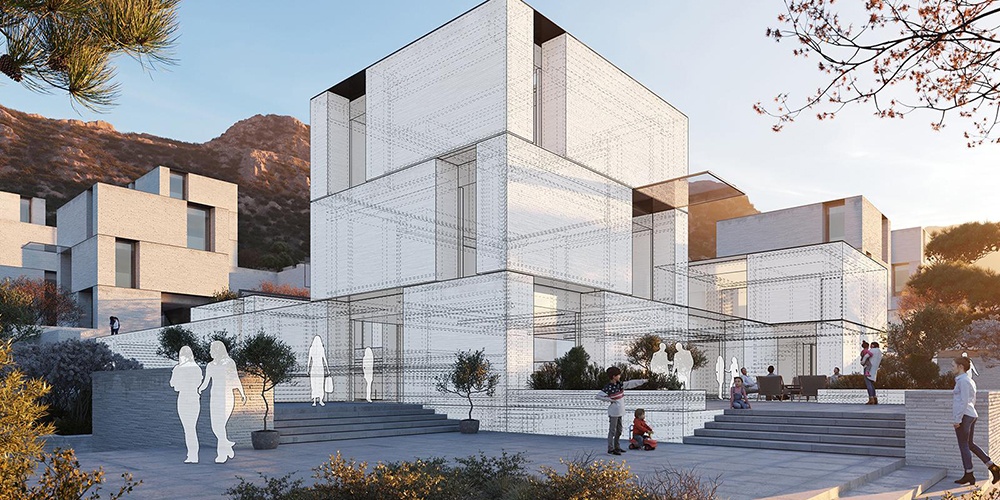In the world of architecture, visualization plays a crucial role in conveying the design intent and marketing architectural projects to potential clients. Traditional methods of showcasing architectural designs through blueprints and 2D drawings are often limited in their ability to capture the true essence and potential of a project. This is where 3D visualization comes into play, offering architects and designers the ability to create realistic and immersive visual representations of their designs.
3D visualization is the process of creating three-dimensional computer-generated images or animations to represent architectural designs. It allows architects, designers, and clients to better understand and visualize the outcome of a project. By using advanced software and rendering techniques, 3D visualization can create realistic and detailed representations of buildings, interiors, and landscapes.
The Benefits of 3D Visualization Interior ( also known as ‘3d visualisering interir in the Danish Language) in Marketing Architectural Projects:

Image Source: Google
3D visualization brings architectural designs to life by providing a realistic representation of how the project will look once completed. This helps clients to better understand the design concept and visualize themselves in the space.
The process of creating 3D visualizations for architectural projects involves several key steps:
1. Initial Consultation: The first step in creating 3D visualizations for architectural projects is to have an initial consultation with the client. This is where the project requirements, objectives, and desired outcomes are discussed. The client may also provide any existing plans, blueprints, or design concepts that they have.
2. Gathering Information: Once the initial consultation is complete, the next step is to gather all the necessary information for the project. This may include architectural drawings, floor plans, elevations, and any other relevant documentation. It is important to have a clear understanding of the project scope and specifications before proceeding.

